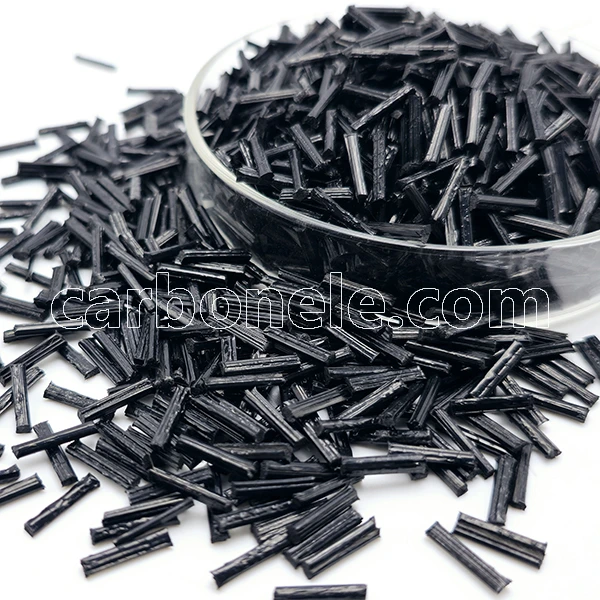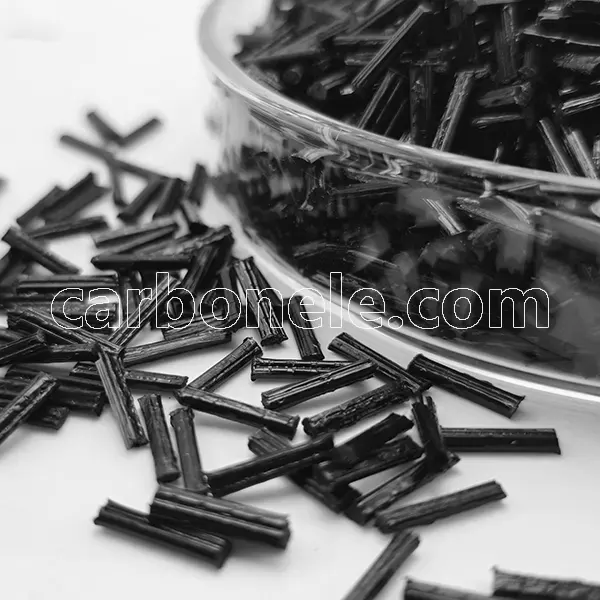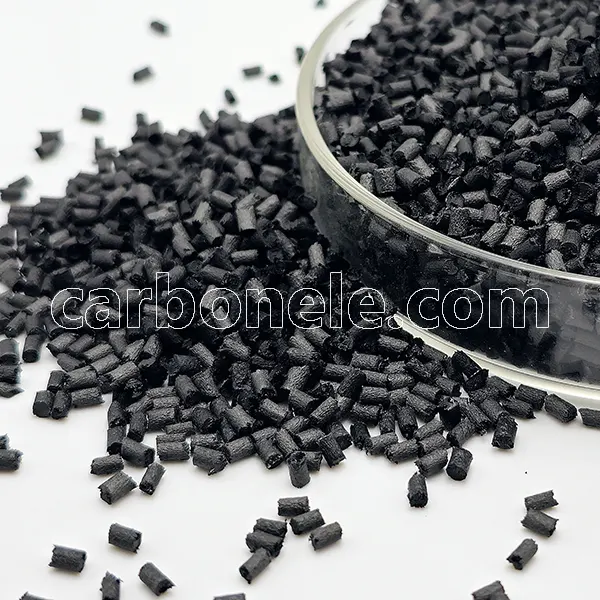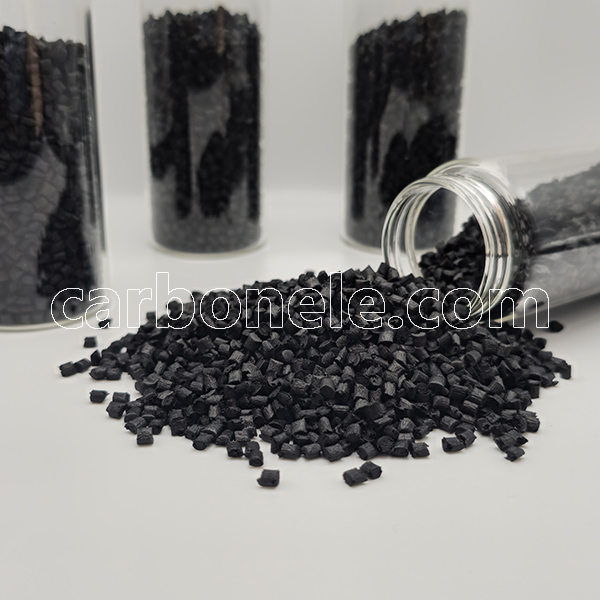
What Is The Environmental Stability Of Anti-static Grade Composite Materials? - Carbon Fiber Compounds Manufacturer | Supplier
One of the most important determinants of how effectively antistatic grade composites perform in a given application considering the details of the application is their environmental sustainability degree. These materials are meant to be antistatic while being able to withstand the natural erosion caused by a variety of environmental elements.
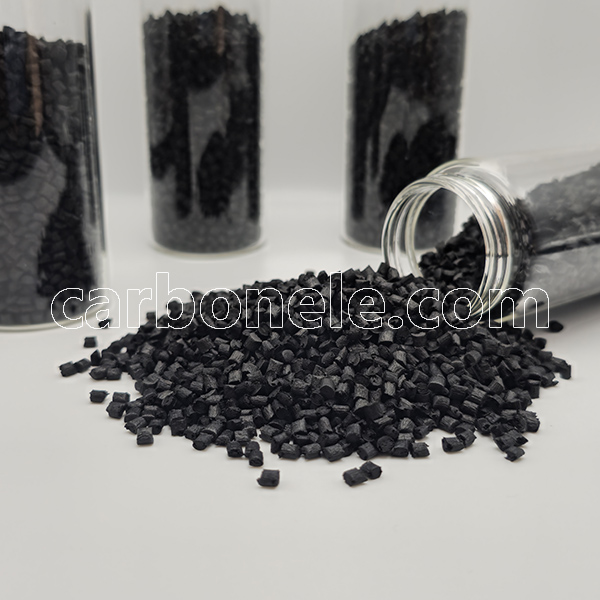
Anti-static grade composite materials
Many elements of the surroundings and how they affect different materials.
Among the environmental factors capable of affecting the performance of antistatic grade composites are temperature, humidity, UV radiation, chemical agents, mechanical stress, and mechanical load. These are just a few of the many consequences environmental circumstances might produce. These elements may cause the material to alter in its chemical structure, have less conductivity, or lose mechanical qualities.
temperature either constant or steady
Antistatic grade composites must have constant resistance across a broad temperature range if they are to be judged effective. While high temperatures might cause the material to soften or degrade thermally, low temperatures have the power to make the material brittle. Both of these are plausible. Consequently, the thermal stability of the material is of great importance for its use at extremely high temperatures.
Resistance to moisture simultaneously as well as chemicals
By means of moisture and chemical agents entering the composite, the interface between the conductive filler or fibre and the matrix may be disrupted, therefore causing disturbance in the antistatic performance of the composite. Two important indications that should be taken into account when assessing the stability of materials in settings either chemical or humid are moisture resistance and chemical resistance.
Strength against elements and UV light
If the material’s surface is exposed to UV light or the elements over an extended period of time, photodegradation might result. This might affect not just the material’s look but also its use. If additives resistant to UV radiation and weather are included to the material, its stability could be raised and its service life could be extended.
How the body responds to mechanical tension?
Antistatic grade composites used in practical applications might be under a range of mechanical stresses, including tension, compression, and impact, among other types of stressors. These stresses might cause microcracks to spread across the material, therefore affecting not only the structural integrity but also the material’s resistance to static electricity.
An Examination of Longevity’s Subject
Many various durability tests must be performed in order to ascertain the environmental stability of antistatic grade composites. These tests include mechanical stress tests, moist heat cycle tests, and accelerated ageing studies. These tests must be done to ascertain if the composites remain stable in their surroundings. By use of these tests, one may get a precise projection about the performance of the material in real-world application situations.
the design of materials and the best possible quality standards
By means of material design and optimisation, one may achieve increasing environmental stability of antistatic grade compositions. Choosing appropriate matrix materials, conductive fillers, or fibres can help one to maximise the dispersion and interfacial bonding of these components for the intended use.
Techniques About Surface Treatment Technology
Surface treatment methods like coating, plating, or surface modification might help antistatic grade composites to have better appearance, wear resistance, and corrosion resistance. This might therefore cause the composites to become more robust in rather adverse environments.
Regarding preventive maintenance and repairs,
To maintain the environmental stability of antistatic grade composites, it is very necessary to employ appropriate maintenance and repair techniques. This is a crucial phase. Regular inspections and cleanings help to extend the service life of the material and could also help to avoid environmental elements degrading its performance.
In development, sustainability comes first.
Apart from considering the environmental stability of antistatic grade composites, it is rather crucial to evaluate the possibilities of recycling and biodegradability of these materials. This lowers the influence of the substance on the environment and thereby satisfies the standards of sustainable development.
The link existing between the macroscopic performance and the microstructure
The macroscopic environmental stability of the material and its microstructure determine each other directly. The material’s microstructure consists of the phase structure of the matrix, the distribution of conductive fillers, and the fibre orientation. More complex methods of characterisation help one to grasp the link between microstructure and environmental stability on a deeper level.
Factors in the surroundings that support a synergistic impact
When practical applications make use of antistatic grade composites, it is likely that they may encounter difficulties resulting from many environmental variables concurrently. The ageing process of the material might be accelerated, for instance, by the interaction of temperature and humidity working together. Regarding a thorough investigation of the environmental stability of the content, it is very essential to investigate the stated synergistic effects.
Some materials can heal on their own.
Certain antistatic grade composites are made to be self-healable, which is a quality included into these materials. This shows that, should they be harmed, they are able to heal themselves, hence restoring their antistatic performance traits. The importance of this property cannot be emphasised as it helps to extend the service life of the material and also helps to increase its stability under demanding conditions.
In design, flexibility to fit the surroundings around the project
Manufacturing antistatic grade composites with great degree of environmental adaptability will help to satisfy the particular criteria of the application environment. One may try to create material compositions with more resistance to moisture, for instance, in conditions with a lot of humidity.
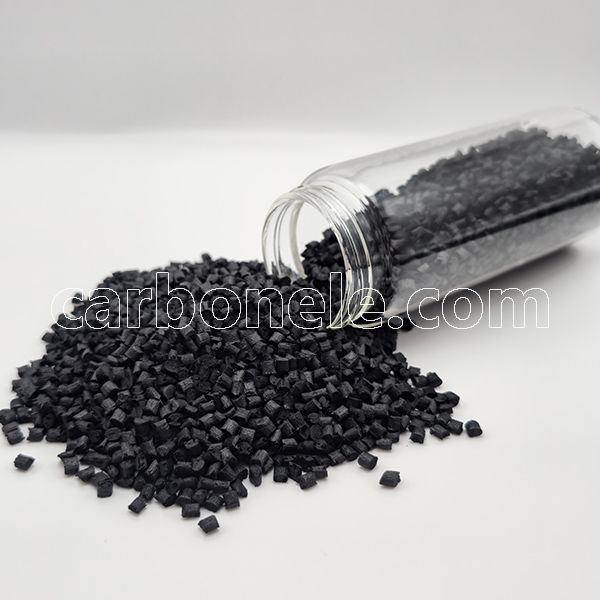
Anti-static grade composite materials
The practicability of antistatic grade composite materials depends critically on their capacity to remain stable in the surroundings in which they find use. By means of a thorough knowledge of the effect that a wide spectrum of environmental conditions has on the performance of materials, as well as by means of material design, surface treatment, and maintenance operations, one can greatly increase the dependability and stability of materials. This will enable materials to become much more dependable and stable. If we increase our research and development on these materials, we may be able to forecast that they would show improved performance and a longer service life in applications that will be created in the future.
Feature Product
-
PA12 LCF30 for Drone Fuselages & Wings
What do you know about PA12 LCF30? PA12 ...
-
Competitive Price PA6 LCF30 Composites
What’s it? PA6 LCF30, which stands...
-
ABS CF10 Compound ABS 10%CF Thermoplastic Compo...
What’s ABS CF10? ABS CF10 refers t...








